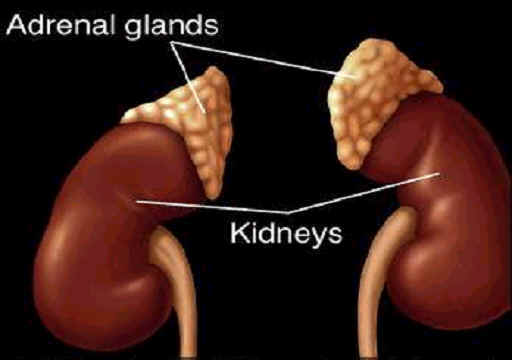
Saturday, February 19, 2011 » 07:32am
The biggest ever study of chronic fatigue syndrome treatments has challenged the strategy championed by patient groups — taking it easy is not the best treatment, exercise and behaviour therapy are.
For years, patient groups warned such treatments could be dangerous, instead promoting a strategy known as adaptive pacing – which advises patients to adjust to their illness by simply doing less. But the study found that approach didn’t help.
The research, published Friday in the medical journal Lancet, concluded that behaviour and exercise seemed to moderately reduce fatigue and improve activity levels, while pacing and medical care weren’t much help.
The findings also suggest the crippling condition can sometimes be reversed.
‘I hope more people will be convinced you can treat chronic fatigue syndrome and that this isn’t necessarily something people will have forever,’ said Hans Knoop, a clinical psychologist at the Expert Centre for Chronic Fatigue in Nijmegen, the Netherlands, who co-authored an editorial on the research, which was funded by the UK Medical Research Council and others.
Chronic fatigue syndrome affects up to 2 per cent of people worldwide. it is characterised by persistent tiredness, muscle pain, insomnia and memory problems. the cause is unknown, though the syndrome can be triggered by certain viral infections, and there is no cure.
In the study conducted across the UK, British researchers analysed common treatment approaches: cognitive behaviour therapy, which uses psychology to address fears of activity; exercise such as walking to boost energy; adaptive pacing and medical care, including self-help advice and drugs for insomnia or pain.
More than 600 British patients were divided into four groups, and each given a strategy for around six months. the first group received just medical care, while the remainder received medical care and one of the strategies. Patients were then monitored for up to one year to see if the strategy had any permanent effect.
Since pacing is championed by many patient groups, scientists wanted to test whether it works. Previous patient surveys have suggested behavioural and exercise therapy make people worse, though the study found all treatments tested were safe.
Knoop said behaviour and exercise therapies may help patients increase their activity levels, control their symptoms better, and change the way they perceive their tiredness.
Still, the treatments only helped about 60 per cent of patients, and researchers were unsure how long the results lasted.
‘Even with the best therapies we have, four out of 10 people don’t improve,’ said Peter White, a professor of psychological medicine at the Queen Mary University of London, who led the study.
‘This is a genuinely disabling condition, and we need to do more to determine how to enhance current therapies.’